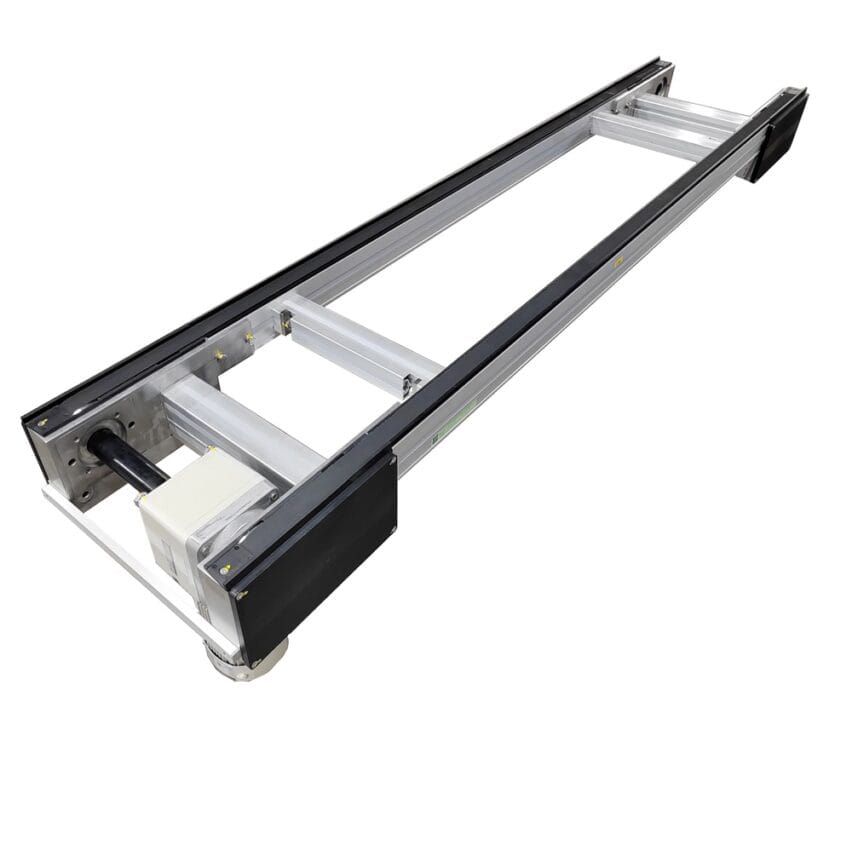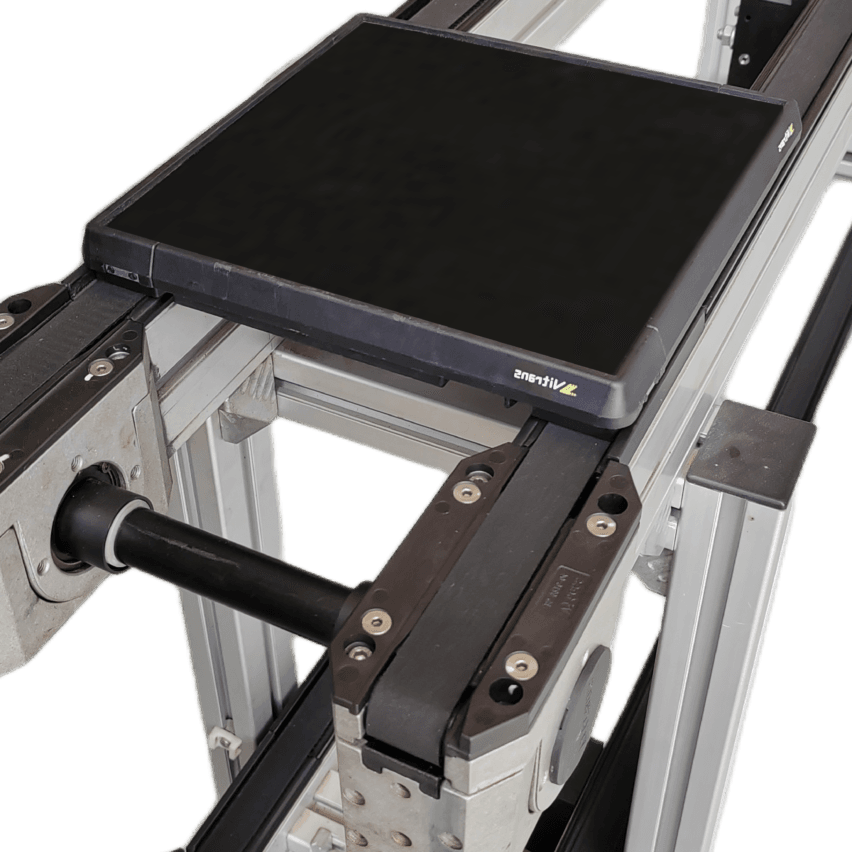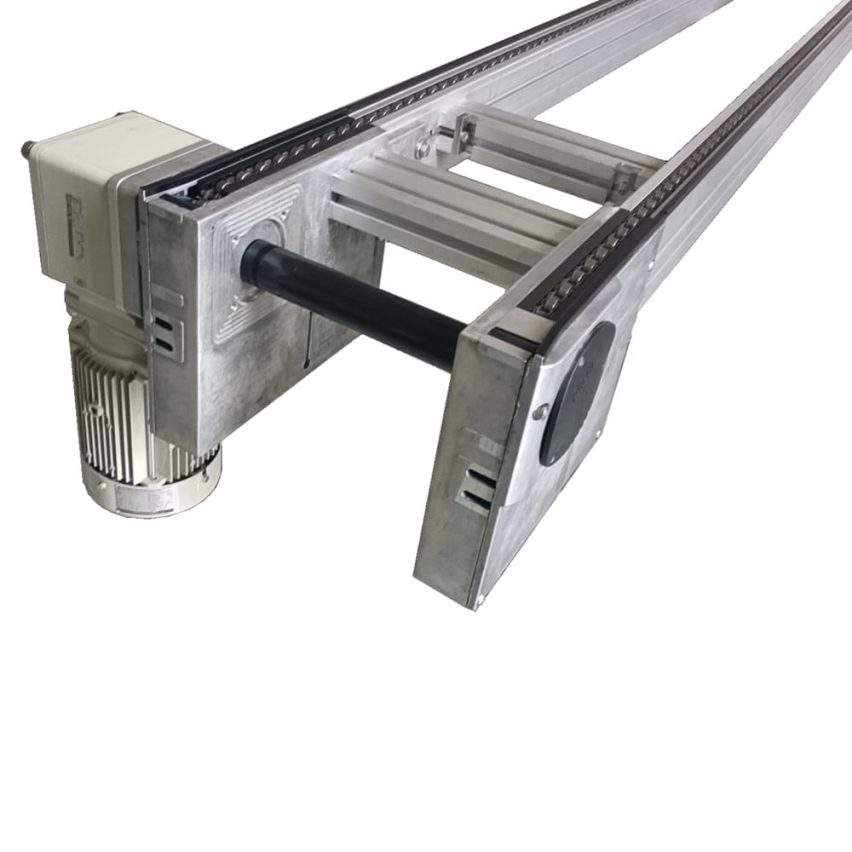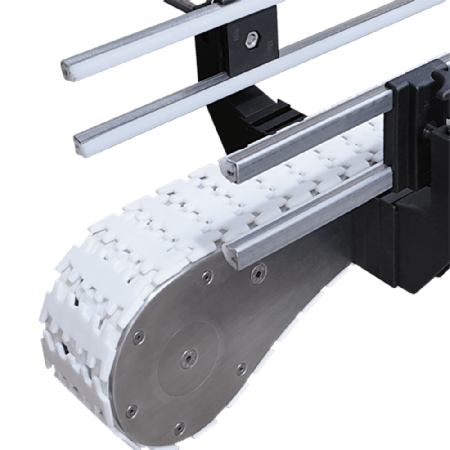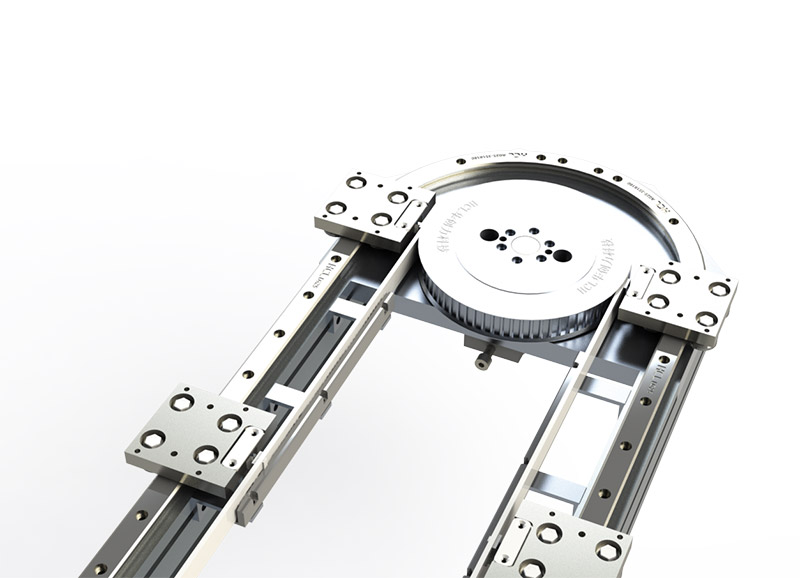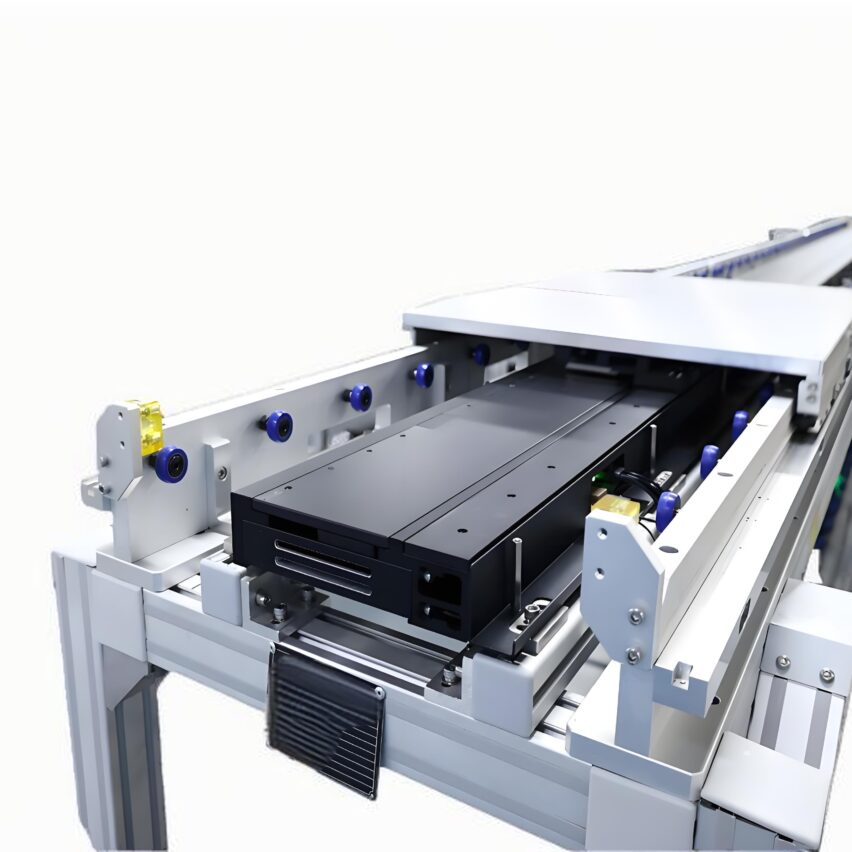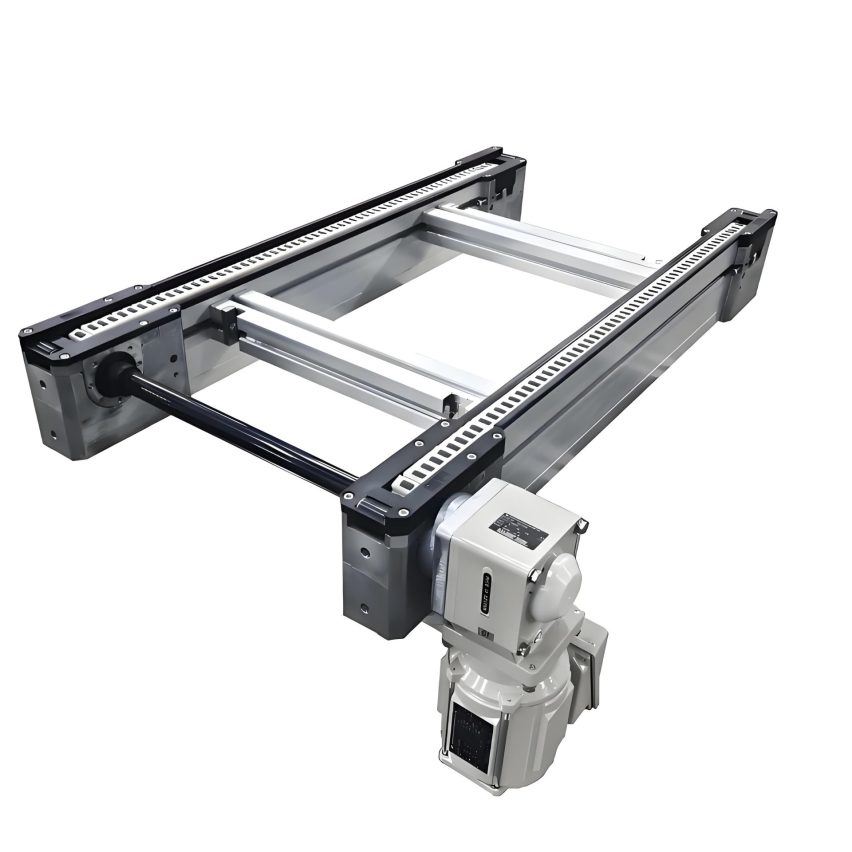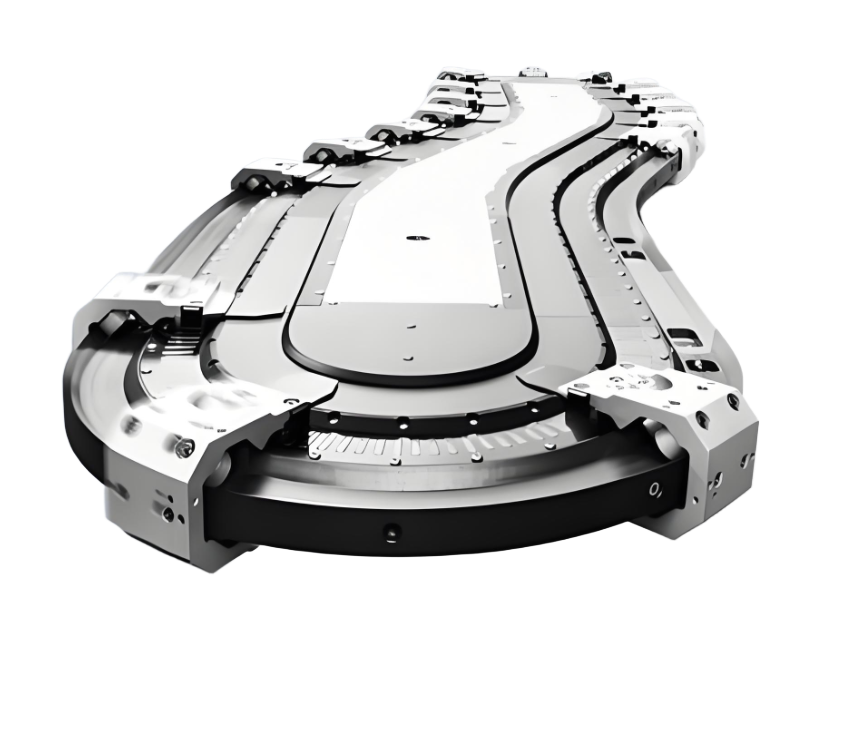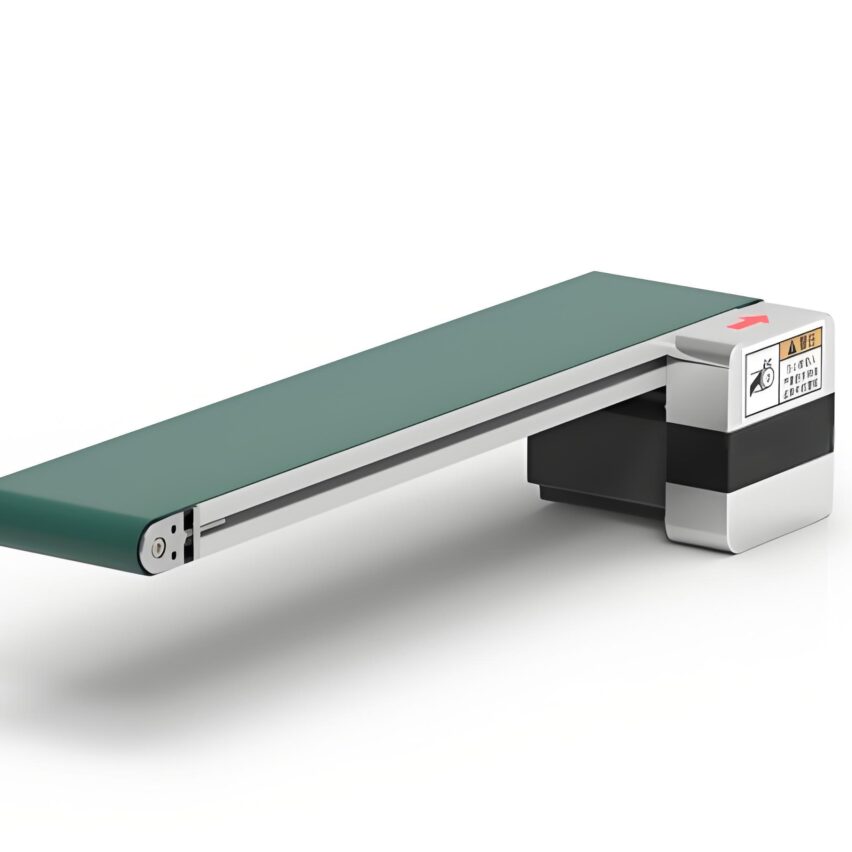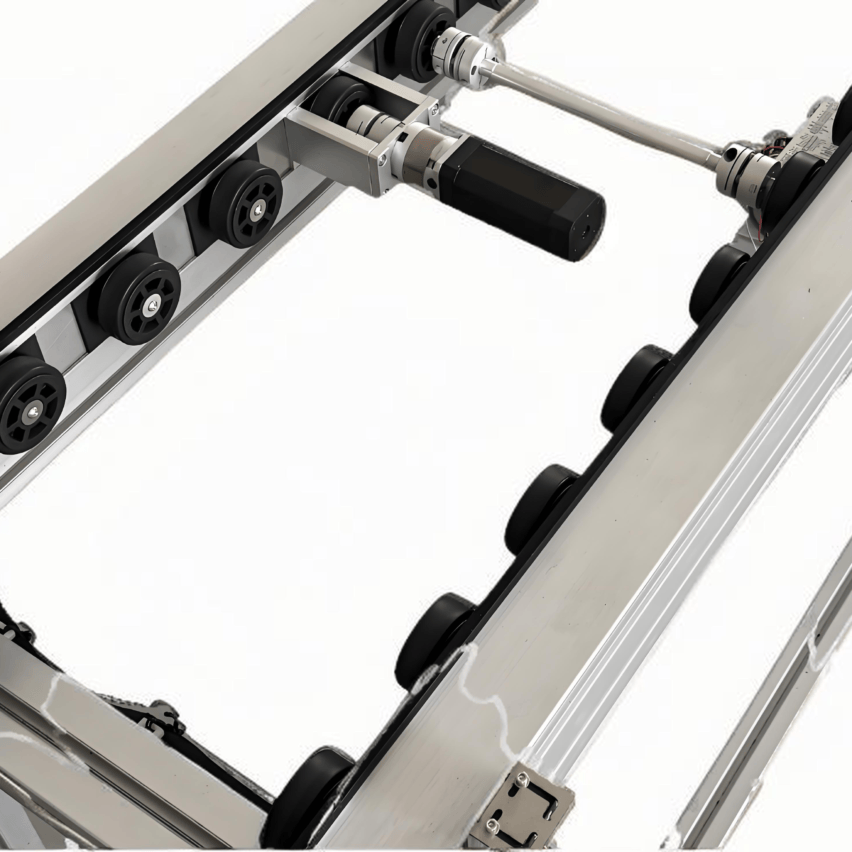I. Engineering positioning for 100kg conveyance: the golden mean of efficiency and cost
In the field of industrial automation, the 100kg class multiplier chain fills a critical gap in light-duty conveying - it circumvents the structural redundancy of heavy-duty chains and overcomes the strength limitations of miniature conveyor chains. Its core values areSynergy with lightweight construction through precise speed increase ratios (2.5-3x speed)realiseOptimal balance between energy consumption and efficiencyA medical device assembly line Measured data of a medical equipment assembly line shows that compared with the traditional roller conveyor, 100kg grade speed chain can convey 1.8m long surgical instrument tray.Speed increase of 40% and energy consumption reduction of 32%The pallet drift is controlled within ±0.3mm at the same time.
personal viewpointWhen the industry is overly pursuing the "universal chain for all scenarios", the 100kg-class speed chain has proved with data thatThe Value of Precise Load Matching--After an electronic factory switched the 80kg LCD production line from a 3x heavy-duty chain to a light-duty chain, not only did the chain wear rate drop by 57%, but also because of theOptimisation of roller to roller diameter ratio (D/d), the actual growth rate efficiency inversely exceeds the theoretical value of 121 TP3 T. This confirms the truth of light industrial transport."Good enough" is far more economical than "too strong"..
II. Structural Evolution: Symbiotic Design for Lightweight and Rigidity
In order to combine high speed operation with the stability of 100kg loads, the 100kg class speed chain has undergone a triple innovation:
- Composite material topology
- Carbon fibre-POM rollers: Density reduced to 1.3g/cm³, coefficient of friction reduced to 0.03 (0.15 for steel rollers), realisation ofSilent operation ≤55dB
- Titanium alloy pin + engineering plastic chain plateFlexural strength is maintained at 600MPa and weight is reduced by 45% compared with all-steel chain.
- Dynamic Balance Architecture
- Staggered layout with double rows of rollers: The pitch of the rollers (6) is reduced to 1/2 of the pitch to counteract the resonance of the tooling plate at high speeds.
- Flexible tensioning guides: Polyurethane liner (hardness 90A) absorbs high frequency vibration, displacement fluctuation rate <0.8%
- Integrated Function Modules
- Embedded conductive rails: Workpiece boards take power from the collector brushes and support real-time quality inspection without wiring
- Magnetic Quick-Change Interface: Tooling changeover time compressed from 15 minutes to 30 seconds.
Intelligent drive control: millisecond response to light load philosophy
The intelligence of the 100kg class speed chain focuses on "precision rather than force":
- Miniature servo drive systems
0.75kW permanent magnet synchronous motor with 1:15 planetary gearbox, start-up response time 80ms (300ms for traditional inverter motors)
pass (a bill or inspection etc)CAN bus dynamic tuningThe speed is automatically reduced to 40% in the no-load section, and the energy consumption is further reduced by 18%. - distributed sensor network
Photoelectric + Hall Dual Mode SensorsDeployed at 0.5m spacing with real-time feedback on pallet position (accuracy ±0.5mm)
The data is passed through theOPC-UA protocol direct connection to MES systemThe transparency of the production status has been increased to 99%. - Mechanical overload protection
When the load is >110kgButterfly spring set (Patent No. CN202310XXXXXX)Mechanical speed reduction triggered to avoid chain stretching without PLC intervention
Fourth, flexible landing: small quantities of multiple varieties of breakthrough tools
In consumer electronics, medical consumables and other fields, the 100kg-class multiplier chain is restructuring the logic of the production line:
1. Modular cell production lines
- Individual units every 10 metres, supporting U-type/L-type reorganisation (switching time <1 hour)
- A headphone factory uses this to switch between five models per day, increasing space utilisation by 70%.
2. Hub for human-computer collaboration - Collaborative robots gripping multiplier chain pallets directly, eliminating the need for a secondary positioning table
- Positioning accuracy of ±0.1mm, shortening the beat by 3 seconds compared with the traditional "robot + conveyor belt" programme.
3. Evidence of cost effectiveness
| Indicators | Conventional Light Duty Roller Conveyor | 100kg Class Doubling Chain | Lifting Ranges
|———————|————|————–|———-|
| Single metre hourly throughput | 120 pieces |210 items| ↑75% |
| Energy consumption per 10,000 yuan of output value | 8.7kWh |5.2kWh| ↓40% |
| Percentage of Losses from Replacement Shutdown | 15% |3%| ↓80% |
V. Technological tipping point: the "invisible intelligence" revolution in the light-loading chain
The evolution of 100kg class multiplier chains is breaking through physical boundaries:
Carbon nanotube reinforced nylon chain plate(CAS 2025 Achievement) enables tensile strength to exceed 800MPa, with strain self-sensing function -Resistance rate of change is linearly dependent on loadThe first is a sensorless weighing system that enables sensorless weighing.Surface Acoustic Wave (SAW) Passive TagsThe integration of the link fatigue cracks are directly monitored by reading RF signals with an early warning accuracy of 95%.
anti-consensus insightWhen the industry is pursuing the "all-link AI control", the comparison experiment of a precision instrument factory reveals that: the 100kg-class speed chain ofPurely mechanical overload protection systemFault recovery time is only 8 seconds, six times faster than electronic protection systems. This implies that the ultimate form of light industrial intelligence should be"Bio-based design"-As in the human reflex arc, low-level functions are responded to quickly by mechanical nerves, and only high-level decisions are left to the brain (AI).
Ask yourself the core question.
Q1: Why 100kg class doubler chain prefers engineering plastic roller?
→Steel rollers induce excessive vibration in light load scenarios: The modulus of elasticity (2.8 GPa) of engineering plastics (e.g. POM) absorbs high-frequency micro-vibrations, resulting in a pallet speed fluctuation rate of <11 TP3T, while theCoefficient of friction reduced to 0.03The energy saving is 30% compared to metal rollers.
Q2:How to solve the drift of work plate under high speed?
→Double-row roller staggered layout + magnetic edge guideThe roller spacing is compressed to 1/2 pitch to offset the inertial centrifugal force; neodymium magnets (N35 grade) are embedded in the side of the workpiece plate to form a 0.5N/mm² adsorption force with the magnetic field of the guideway, and the drift is pressed to ±0.2mm.
Q3: What are the signals that indicate the need to upgrade the 100kg class doubler chain?
→ When the line appearsChangeover frequency>3 times/day, manual intervention rate>25%, pallet positioning error>1mmWhen switching the light load doubling chain, it can improve the comprehensive efficiency by 40%, and at the same time reduce the energy consumption of 10,000 Yuan output value by 35%.

